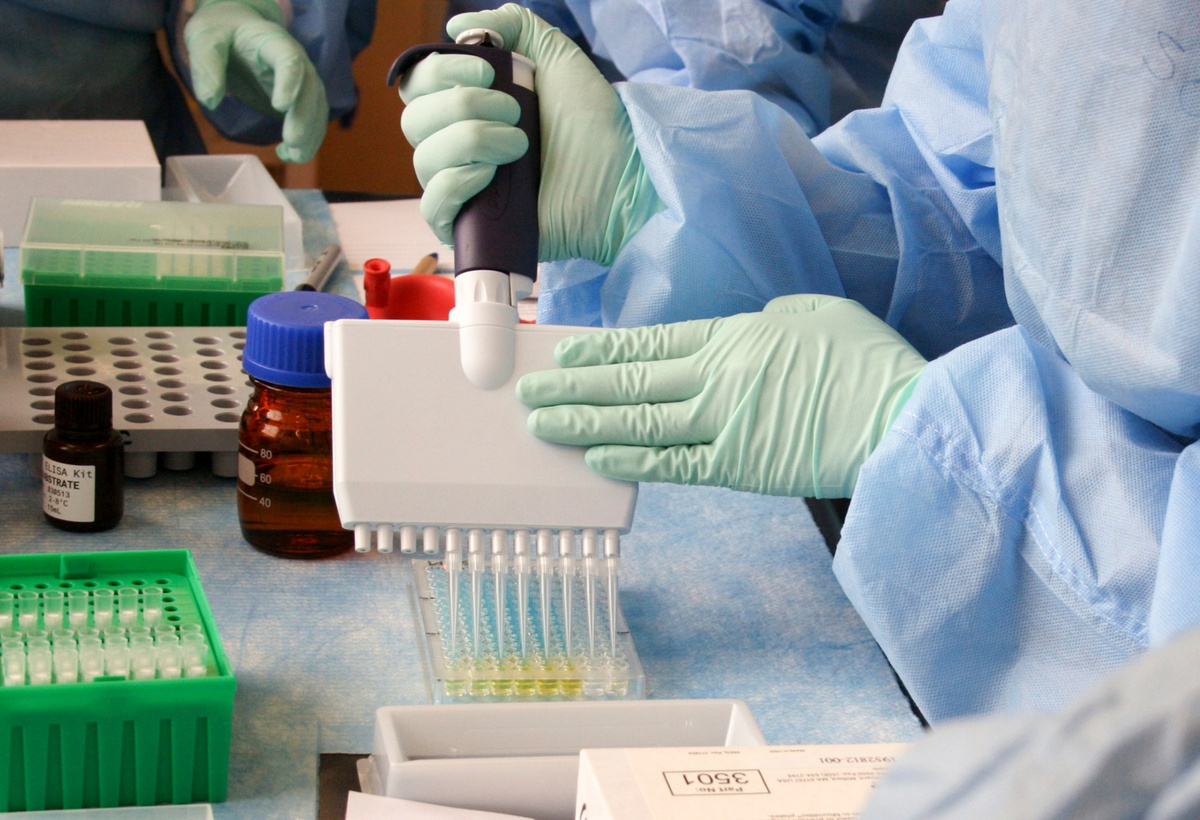Fungal Glucosylceramide as a Vaccine for Fungal Infections
Purified lipid extracted from nonpathogenic fungal cells as an antigen to stimulate the host immunity
Fungal infections pose a significant threat to public health. Fungi are common in the environment, as they can thrive in soil, on plants and trees, and on animate objects, including human skin. Despite the availability of antifungal agents, morbidity and mortality from invasive fungal infections remain high, particularly in critically ill patients. Successfully eliminating fungal pathogens following prophylactic or therapeutic immunization depends largely on the ability of the host?s immune system to become appropriately activated in response to the immunization and to mount an effective response that does not significantly damage healthy tissue. A need exists for the development of, and improvement of, fungal vaccines.
Researchers in the Department of Molecular Genetics and Microbiology at Stony Brook University invented a technology that uses a purified lipid extracted from nonpathogenic fungal cells as an antigen to stimulate the host immunity so that the host becomes protected when exposed to pathogenic fungal cells.
 Source: CDC, rawpixel.com/image/2288391/free-photo-image-laboratory-medical-lab, CC0.
Source: CDC, rawpixel.com/image/2288391/free-photo-image-laboratory-medical-lab, CC0.
Increased and longer protection against the infection caused by Cryptococcus neoformans.
Protection against the infection caused by pathogenic fungal cells.
Patent application submitted
Proof of concept data is available. US Utility application filed (#15/515,318)
Available for license. Seeking to develop and commercialize, by an exclusive or non-exclusive license agreement and/or sponsored research, with a company active in the area.
Development partner - Commercial partner - Licensing
Additional Information:
Patent Information:
| App Type |
Country |
Serial No. |
Patent No. |
Patent Status |
File Date |
Issued Date |
Expire Date |
|